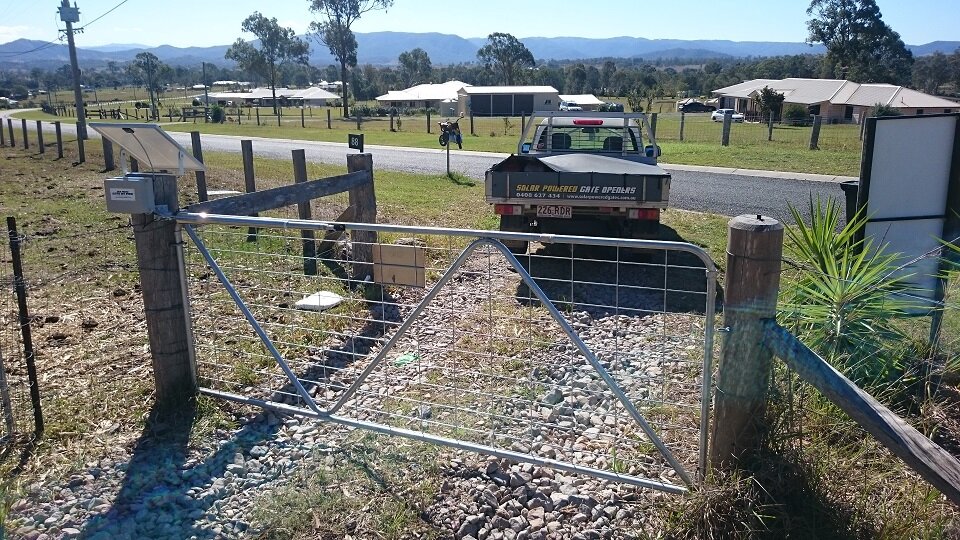The most common types of gates utilized in rural developments, such as smallholdings, ranches and farms, are light duty gates with just over an inch of tubing. More in keeping with production demands perhaps, heavy duty gates are also widely used, using over two inches of tubing. Light duty or heavy duty, these gates are now better utilized with automatic rural gate openers. Spacing between rails will be less on the gate’s bottom than towards its middle or top.
Before having a new automatic gate opener installed, make sure that you have evaluated your current gate. Perhaps it is even time for a complete overhaul. The evaluation is necessary for the correct positioning of the parts that make up the automatic gate opening (and closing) system. A light duty gate, for example, will have a catch and release latch. A second rail will be attached to the heavy duty alternative.
With the appropriate bumper extension rods, the automatic gate opener can be adapted to most gates available for purchase. A farm or ranch gate up to twenty inches in size will require an eight inch wooden post securely concreted or pounded to the ground. This is your hinge post. The latch post is normally not more than six inches in size. The latch post is installed only after hanging the gate on its hinge post.

This allows the user to determine exact distance required between hinges and latches. Correct spacing between the swing end of the gate and the latch post will be two and a half to three inches. When installing metal posts, do make sure that you are using the appropriate hardware. When making your order of your new automatic gate opener, you will need to specify if you are using metal posts.




